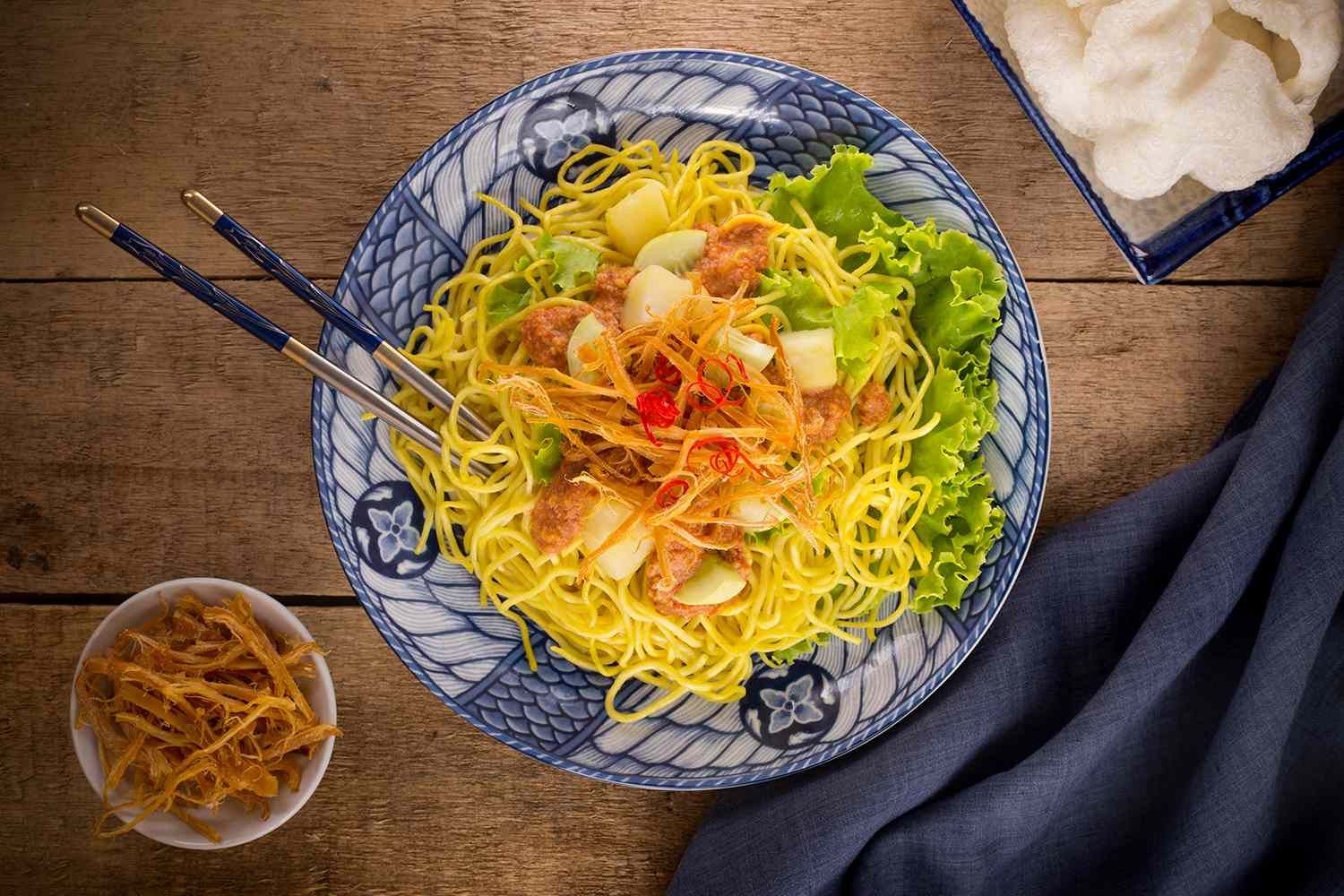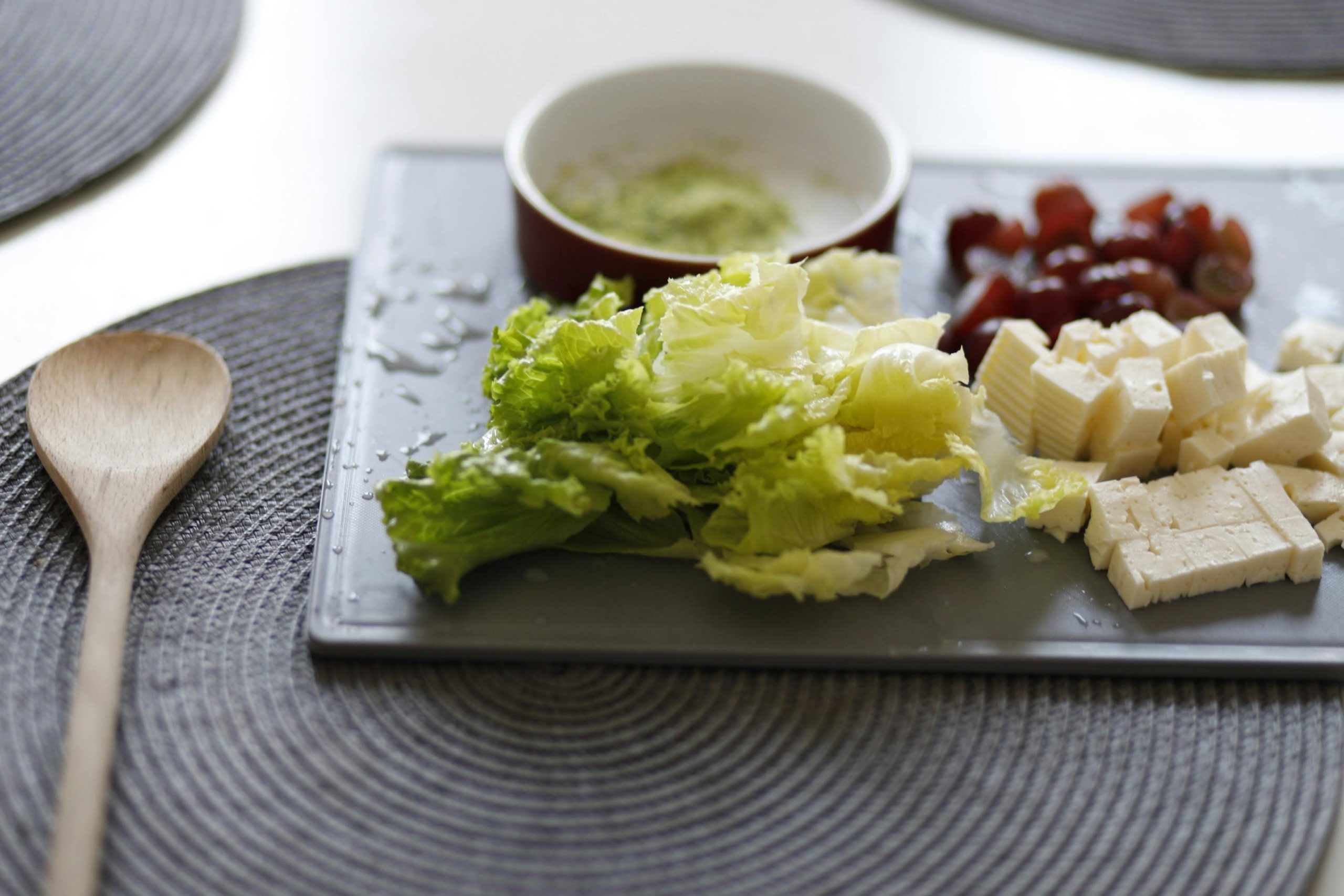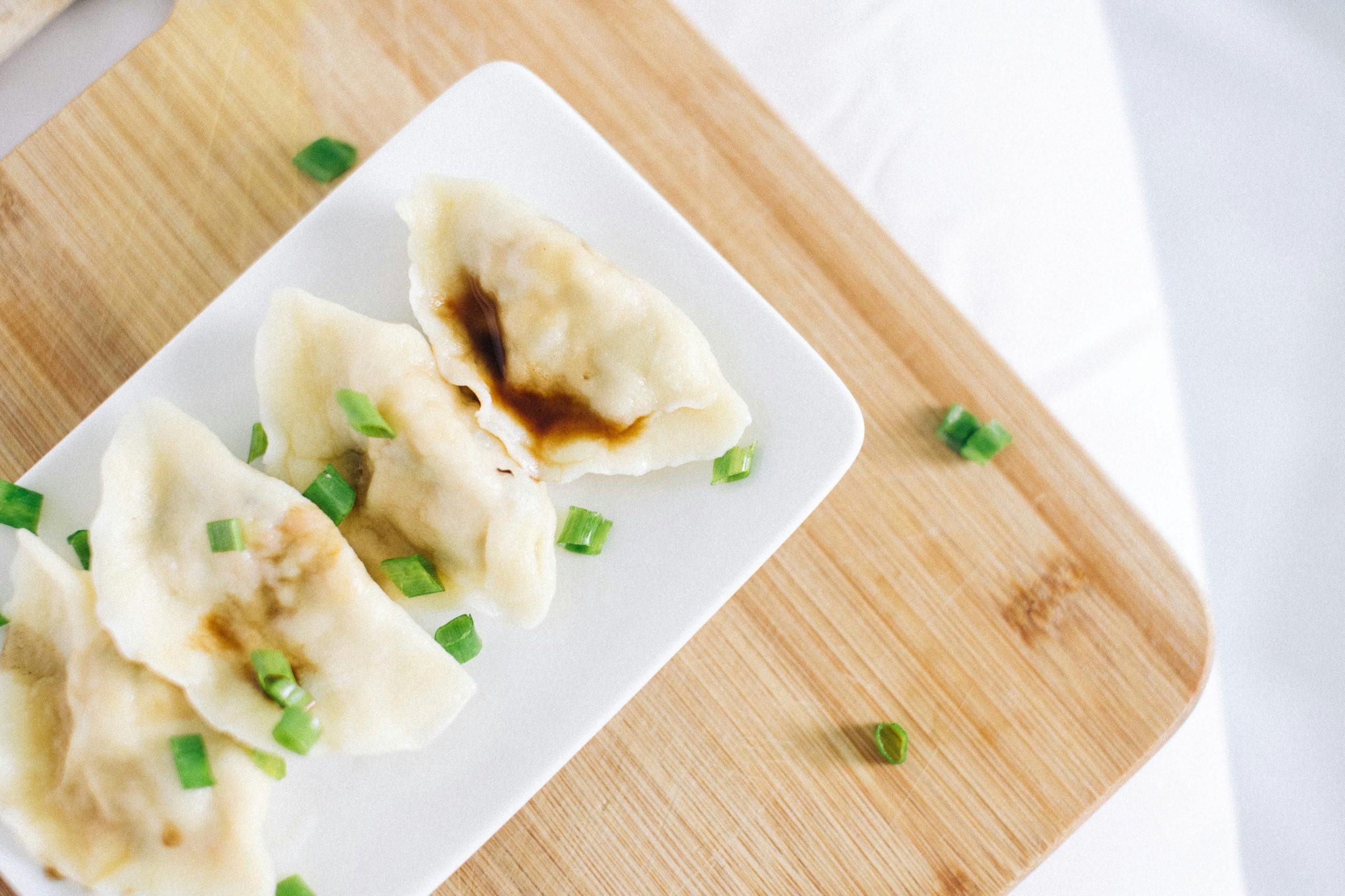As the mercury rises, the appeal of hot, steaming meals starts to wane.
Who wants to slave away in a hot kitchen when the sun is blazing?
Cold Asian dishes offer a delicious and cooling alternative, featuring vibrant flavors and refreshing ingredients that are perfect for summer.
From tangy sour spicy noodles to chilled seafood sensations, our upcoming blog will guide you through an array of cold Asian dishes that promise to delight your palate while keeping you cool.
Sour Spicy Noodles: A Tangy Delight in Cold Asian Cuisine

Sour spicy cold noodles are a beloved dish in the realm of cold Asian cuisine, celebrated for their unique blend of tanginess and heat. This dish is not only a refreshing choice on hot days but also a flavorful experience that tantalizes the taste buds. The key to its distinct taste lies in the careful balance of ingredients like chili oil, soy sauce, and rice vinegar, which combine to create a sauce that’s both invigorating and deeply satisfying.
Preparing sour spicy cold noodles involves a few crucial steps that ensure each bite is as delightful as the last. Starting with the right type of noodles, typically spaghetti or wheat noodles, cooked just past al dente, is essential. These noodles are then cooled and tossed with a vibrant sauce made from a mixture of light and dark soy sauce, Sichuan peppercorn, sesame oil, and other seasonings. Fresh additions like cucumber and scallion not only add a crunch but also complement the spiciness with their milder flavors.
Crafting the Perfect Peanut Sauce for Cold Noodles
Crafting the perfect peanut sauce for cold noodles involves achieving a harmonious balance of flavors that enhances the overall dish. The sauce typically includes ingredients like smooth peanut butter for creaminess, soy sauce for umami, and honey for a touch of sweetness. Spiciness can be adjusted with sriracha or chili oil, while rice vinegar adds the necessary acidic note to cut through the richness. To make the sauce, simply whisk these ingredients together, adjusting the quantities to suit your taste preferences. This peanut sauce not only complements the cold noodles but also adds a luxurious texture and depth of flavor that makes the dish truly special.
Thai Noodle Salad: A Fresh Take on Cold Asian Food

Preparing a Thai-style cold noodle salad starts with selecting the right type of noodles. Rice noodles, favored for their light texture and quick cooking time, are a popular choice. To ensure the noodles are perfectly tender and not mushy, it’s best to boil them briefly until just soft, then rinse under cold water to stop the cooking process. This method helps maintain the firmness and texture that are crucial for a refreshing cold salad.
Fresh ingredients are the heart of any Thai noodle salad, contributing vibrant colors, textures, and flavors. Key components include:
- Crunchy vegetables such as shredded carrots, sliced cucumbers, and red cabbage
- Sweet elements like mango or bell peppers
- Herbs for a burst of freshness, typically cilantro, mint, or Thai basil
Mixing these ingredients with the cooled noodles and tossing them with a zesty dressing made from lime juice, fish sauce, and a hint of sugar enhances the overall dish, making it a delightful, cool meal for warm days.
Vibrant and Crunchy: Cold Asian Vegetable Salads
Cold Asian vegetable salads are a feast for the senses, offering a crunchy and vibrant eating experience that is both refreshing and healthful. These salads typically feature a base of crisp vegetables like cucumbers, carrots, and bell peppers. Regional variations might include unique ingredients such as daikon in Japan, green mango in Thailand, or watercress in Vietnam, each adding a distinctive crunch and flavor profile that reflects local culinary traditions.
The dressing used in these salads can transform simple ingredients into a flavorful masterpiece. Common dressings include:
- Soy-sesame dressing, combining soy sauce and sesame oil for a rich, umami-packed flavor.
- Peanut dressing, which is creamy and slightly sweet, often enhanced with lime juice and chili for a kick.
- Ginger vinaigrette, offering a zesty and slightly spicy taste that complements the fresh vegetables perfectly. Experimenting with these dressings allows each salad to offer a unique taste experience, making every bite a delightful surprise.
Chilled Delights: Chicken Recipes in Cold Asian Food

Chicken is a versatile ingredient that can be transformed into a chilled delight with the right marinade and preparation techniques. For a refreshing cold Asian dish, consider using a marinade that incorporates Asian ingredients like soy sauce, ginger, and sesame oil. These elements not only tenderize the chicken but also infuse it with robust flavors that are perfect when served cold. Marinating the chicken overnight maximizes the flavor absorption, ensuring that every bite is packed with taste.
Once marinated, the chicken can be cooked in various ways to suit a cold dish. Grilling or broiling the chicken adds a smoky flavor that complements the cool, crisp textures of cold salads or noodle dishes. After cooking, allow the chicken to cool completely before slicing it thinly to top salads or mix into cold noodle dishes. Here are some ideas to incorporate chilled chicken:
- Slice over a cold soba noodle salad with a soy and lime dressing
- Mix into a Vietnamese-style chicken salad with cabbage, carrots, and a fish sauce vinaigrette
- Serve as a cold appetizer with a side of spicy peanut sauce for dipping
Tofu and Seitan: Versatile Stars in Cold Asian Dishes
Tofu and seitan are excellent choices for cold Asian dishes due to their ability to absorb flavors and offer a satisfying texture. Marinating these proteins is key; it enhances their taste and complements the cool, refreshing elements of the dishes. For the best results, marinate tofu or seitan in a blend of soy sauce, rice vinegar, and sesame oil for at least 15 minutes, though letting them sit for a few hours in the fridge can significantly deepen the flavors. Remember, seitan can be frozen post-marination for future use, while tofu is best used fresh unless you prefer its spongier texture post-freezing.
Once marinated, both tofu and seitan can be used in a variety of cold dishes. Here are a few serving suggestions:
- Slice marinated tofu over a bed of cold soba noodles dressed with a ginger soy vinaigrette.
- Mix chunks of seitan into Thai-style salads, which include ingredients like fresh herbs, chili, and lime juice.
These proteins are not only filling but also ensure that the dish remains light and suitable for warm weather, making them perfect for a summer meal or a refreshing side dish.
Seafood Sensations in Cold Asian Cuisine

Seafood plays a central role in cold Asian cuisine, offering a light and refreshing option that’s perfect for summer. Dishes like Vietnamese shrimp summer rolls and Japanese sashimi showcase the versatility and delicate flavors of seafood. These recipes not only provide a cooling relief but are also packed with high-quality proteins and vibrant textures.
Among the popular choices are:
- Poke bowls, which can be customized with various types of fish and fresh toppings like avocado and cucumber.
- Ceviche, a dish where seafood is cooked in citrus juices, mingling with onions and cilantro for a zesty flavor.
These cold seafood dishes are not just delicious; they are also visually appealing and easy to prepare, making them perfect for both quick lunches and impressive dinner parties.
Beef and Pork: Robust Flavors in Cold Asian Dishes
Beef and pork can transform cold Asian dishes into hearty, satisfying meals. These meats are often marinated to enhance their flavors and tenderize them before being incorporated into dishes. For example, thin slices of beef or pork might be marinated in a mixture of soy sauce, sesame oil, and spices such as garlic and ginger, then briefly cooked and cooled to retain their robust taste.
These protein-rich ingredients are versatile in cold dishes. Here are a few ways to enjoy beef and pork in your cold Asian cuisine:
- Toss marinated pork slices with cold noodles and a spicy dressing for a refreshing yet filling meal.
- Layer slices of cooked beef in a Vietnamese-style salad with herbs and a lime-based dressing, offering a perfect blend of freshness and richness.
Sichuan Pickles: A Tangy Addition to Cold Chinese Dishes

Sichuan lacto-fermented pickles, known as Paocai, are a staple in Sichuan cuisine and a tangy addition to cold Chinese dishes. The art of preparing these pickles involves a process called lacto-fermentation, where vegetables are submerged in a brine of salt and water. This method not only preserves the vegetables but also enhances their flavors with a tangy kick, making them an excellent complement to the spiciness of Sichuan dishes.
Maintaining Sichuan pickles requires careful attention to ensure the flavors continue to develop properly. Key maintenance tips include: ensuring the vegetables are fully submerged in the brine to prevent spoilage, regularly checking the taste and adjusting the saltiness if necessary, and using clean utensils to avoid contamination. These practices help preserve the unique tangy flavor that makes Sichuan pickles a delightful addition to any cold dish.
Explore Cold Asian Dishes with INDULGE’s Culinary Tours
If you’re eager to dive into the world of cold Asian dishes, INDULGE’s culinary tours in Zurich are your gateway to a refreshing culinary adventure. These tours are expertly curated to introduce you to a variety of cold dishes, from tangy Sichuan pickles to chilled seafood delights. Each tour is led by knowledgeable local guides, who are either chefs or food experts, ensuring an educational as well as a tasty experience.
During these tours, you’ll not only taste these dishes but also learn about the intricate flavors and preparation techniques behind them. Here’s what you can expect:
- Insight into the local and international influences on Zurich’s cold dish scene
- Hands-on experiences with food preparation alongside expert guides
This makes INDULGE’s tours a perfect blend of education and enjoyment, suitable for anyone looking to expand their culinary horizons.
Frequently Asked Questions
What to eat on a hot day Asian?
On a hot day, cold Asian dishes are a delightful choice. Some options include sour spicy noodles, Thai noodle salad, cold Asian vegetable salads, chilled chicken dishes, tofu or seitan in cold dishes, seafood options like poke bowls or ceviche, and refreshing beef or pork dishes served cold.
What are traditional Asian dishes?
The blog post mentions several traditional Asian dishes that can be served cold. These include sour spicy noodles, Thai noodle salad, Sichuan pickles (Paocai), Vietnamese shrimp summer rolls, Japanese sashimi, and various salads and cold noodle dishes that incorporate regional ingredients and flavors from across Asia.
How do you serve cold dishes?
Cold dishes are typically served chilled and can include a variety of ingredients and preparation styles. They often involve marinating proteins like chicken, tofu, or seitan, using fresh and crunchy vegetables, and tossing with flavorful dressings or sauces. Examples include tossing cold noodles with a spicy or tangy dressing, layering sliced meats or seafood over salads, and mixing fresh herbs and vegetables for vibrant salads.








